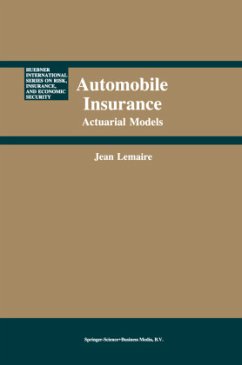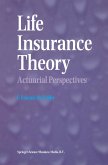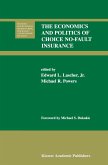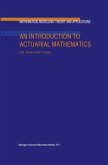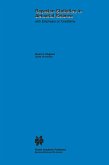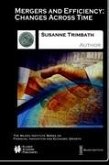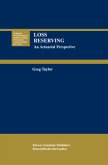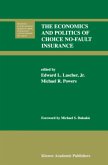The mathematical theory of non-life insurance developed much later than the theory of life insurance. The problems that occur in the former field are far more intricate for several reasons: 1. In the field oflife insurance, the company usually has to pay a claim on the policy only once: the insured dies or the policy matures only once. It is with only a few particular types of policy (for instance, sickness insurance, when the insured starts working again after a period of sickness) that a valid claim can be made on a number of different occasions. On the other hand, the general rule in non-life insurance is that the policyholder is liable to be the victim of several losses (in automobile insurance, of course, but also in burglary and fire insurance, householders' comprehensive insurance, and so on). 2. In the field of life insurance, the amount to be paid by the company excluding any bonuses-is determined at the inception of the policy. For the various types of life insurance contracts, the sum payable on death or at maturity of the policy is known in advance. In the field of non-life insurance, the amount of a loss is a random variable: the cost of an automobile crash, the partial or totalloss of a building as a result of fire, the number and nature of injuries, and so forth.
Hinweis: Dieser Artikel kann nur an eine deutsche Lieferadresse ausgeliefert werden.
Hinweis: Dieser Artikel kann nur an eine deutsche Lieferadresse ausgeliefert werden.
`...excellent, interesting and instructive book. ...Professor Jean Lemaire has obtained the Ernst Meyer Prize 1986 of the Association de Genève for this book.'
The Astin Bulletin, 16:2
The Astin Bulletin, 16:2
`...excellent, interesting and instructive book. ...Professor Jean Lemaire has obtained the Ernst Meyer Prize 1986 of the Association de Genève for this book.' The Astin Bulletin, 16:2

